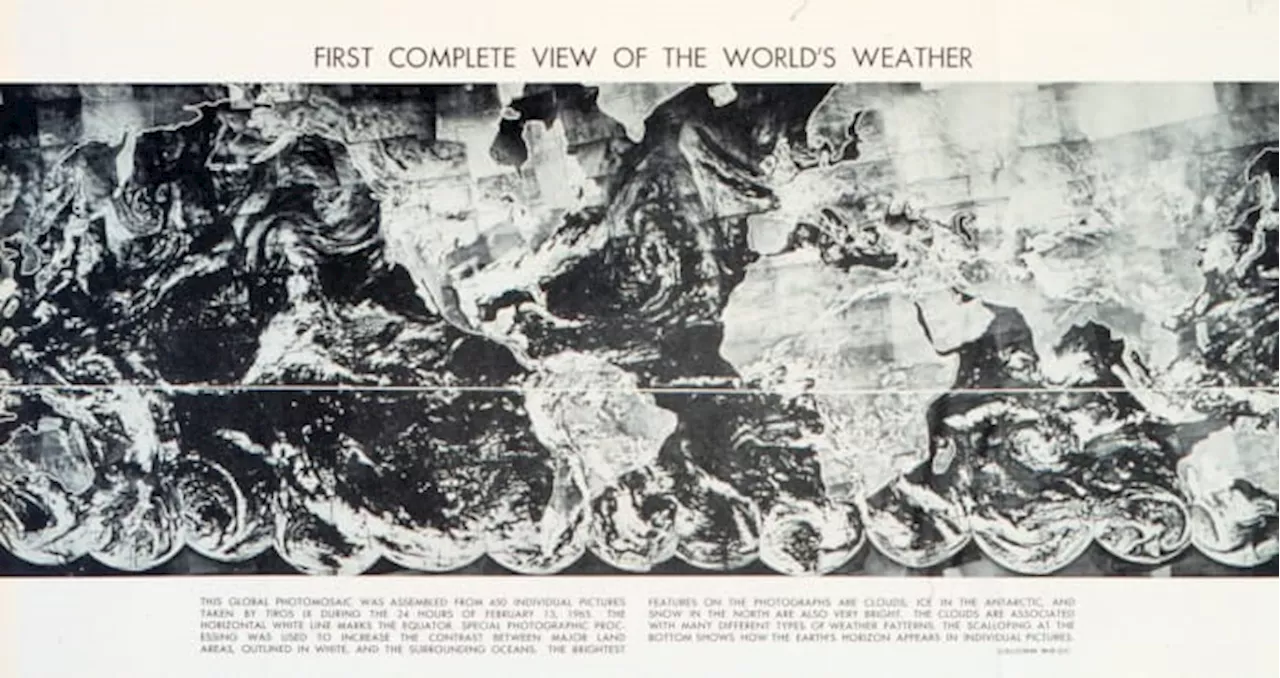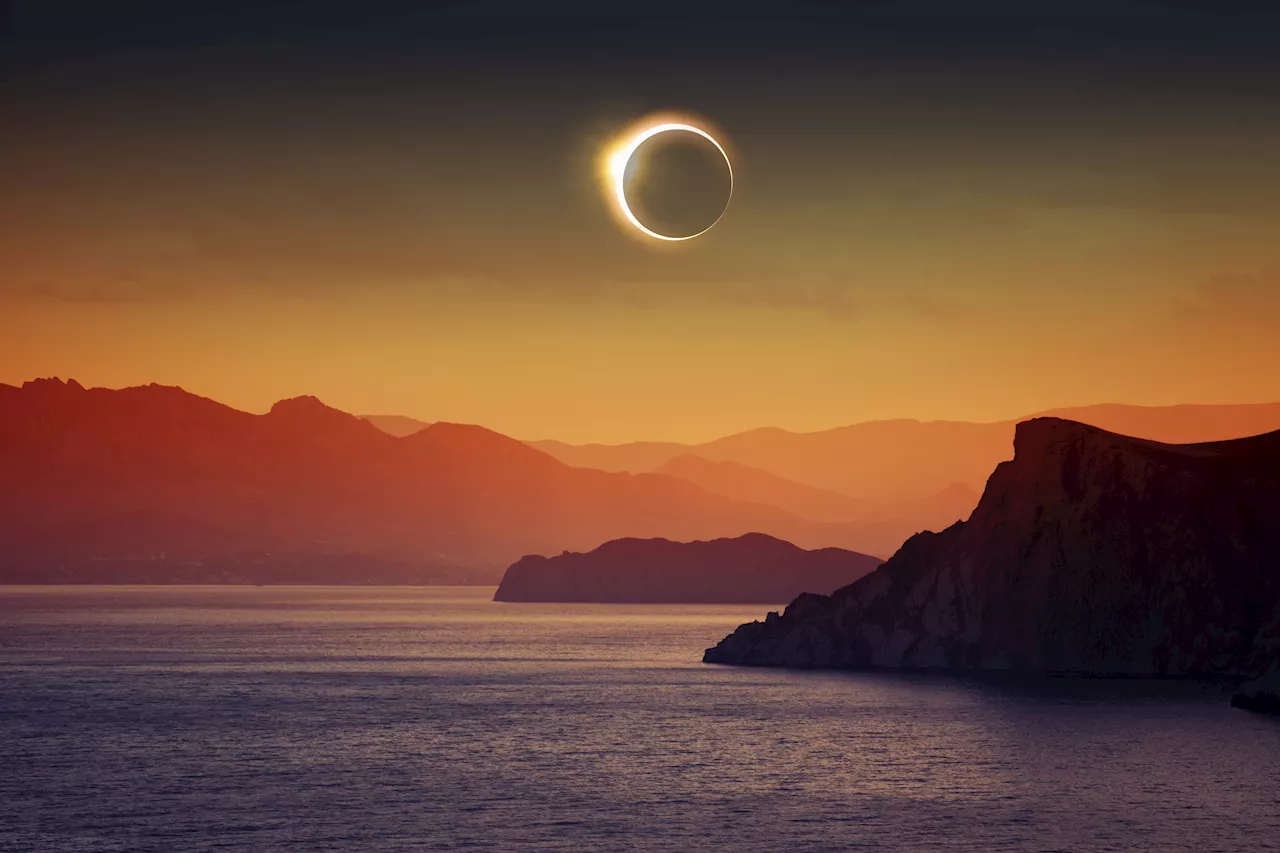A severe solar storm hasn’t hit Earth since the mid-19th century, but space weather scientists are very worried about the next one.
This article was originally published on August 20, 2015. We all know that major storms can wreak havoc, flooding cities and decimating infrastructure. But there’s an even bigger worry than wind and rain: space weather . If a massive solar storm hit us, our technology would be wiped out. The entire planet could go dark.
If that happens, we’ve got anywhere from 30 minutes to an hour before a cloud of plasma rains down from above, interacting with our planet’s magnetosphere and triggering a geomagnetic storm. That’s when you start to see effects on the power grid. “This generates huge electrical currents in upper atmosphere of Earth,” Berger said. “Depending on how conductive the ground is, you can get large currents getting picked up by power stations and fed into the grid.
Said Grunman Environment Richard Carrington Solar Phenomena Geomagnetic Storms Carrington Event Coronal Mass Ejection Solar Cycle Space Weather Solar Flare Thomas Berger Daniel Baker Technology Internet Light Sources Aurora Joe Gurman ESA Vigil Space Plasmas Gizmodo
United Kingdom Latest News, United Kingdom Headlines
Similar News:You can also read news stories similar to this one that we have collected from other news sources.
 Why on Earth do we celebrate Earth Day?Earth day is coming up on Monday but do you know what Earth Day actually is. Or why we celebrate?
Why on Earth do we celebrate Earth Day?Earth day is coming up on Monday but do you know what Earth Day actually is. Or why we celebrate?
Read more »
 Celebrating Earth Day: The first satellite images of the earth were taken 64 years agoTIROS 1 was the first weather satellite, launched in 1960
Celebrating Earth Day: The first satellite images of the earth were taken 64 years agoTIROS 1 was the first weather satellite, launched in 1960
Read more »
 Sun Fires 'Solar Storm Train' at Earth—Three Direct Hits for WeekendFive coronal mass ejections have been released from the sun in a short period of time, three of which are due to hit the Earth and cause geomagnetic storms.
Sun Fires 'Solar Storm Train' at Earth—Three Direct Hits for WeekendFive coronal mass ejections have been released from the sun in a short period of time, three of which are due to hit the Earth and cause geomagnetic storms.
Read more »
 Satellites in Low Earth Orbit Affected by Bad Space WeatherSatellites in low Earth orbit (LEO) can deviate from their expected trajectories when bad space weather occurs, causing problems for the International Space Station, China's Tiangong space station, and Earth-observing satellites. The accuracy of these satellites is affected by space weather, with the lower altitudes experiencing a bigger problem due to the variations in Earth's upper atmosphere density. Higher density leads to more drag, slowing down the satellites and causing them to sink towards Earth.
Satellites in Low Earth Orbit Affected by Bad Space WeatherSatellites in low Earth orbit (LEO) can deviate from their expected trajectories when bad space weather occurs, causing problems for the International Space Station, China's Tiangong space station, and Earth-observing satellites. The accuracy of these satellites is affected by space weather, with the lower altitudes experiencing a bigger problem due to the variations in Earth's upper atmosphere density. Higher density leads to more drag, slowing down the satellites and causing them to sink towards Earth.
Read more »
 Astronauts' photos capture April 8 solar eclipse from Earth orbitRobert Pearlman is a space historian, journalist and the founder and editor of collectSPACE.com, an online publication and community devoted to space history with a particular focus on how and where space exploration intersects with pop culture. Pearlman is also a contributing writer for Space.
Astronauts' photos capture April 8 solar eclipse from Earth orbitRobert Pearlman is a space historian, journalist and the founder and editor of collectSPACE.com, an online publication and community devoted to space history with a particular focus on how and where space exploration intersects with pop culture. Pearlman is also a contributing writer for Space.
Read more »
 The next total solar eclipse won’t happen until 2026The next total solar eclipse won't arrive for two years, and if you're in the U.S., you'll have to travel to see it.
The next total solar eclipse won’t happen until 2026The next total solar eclipse won't arrive for two years, and if you're in the U.S., you'll have to travel to see it.
Read more »
